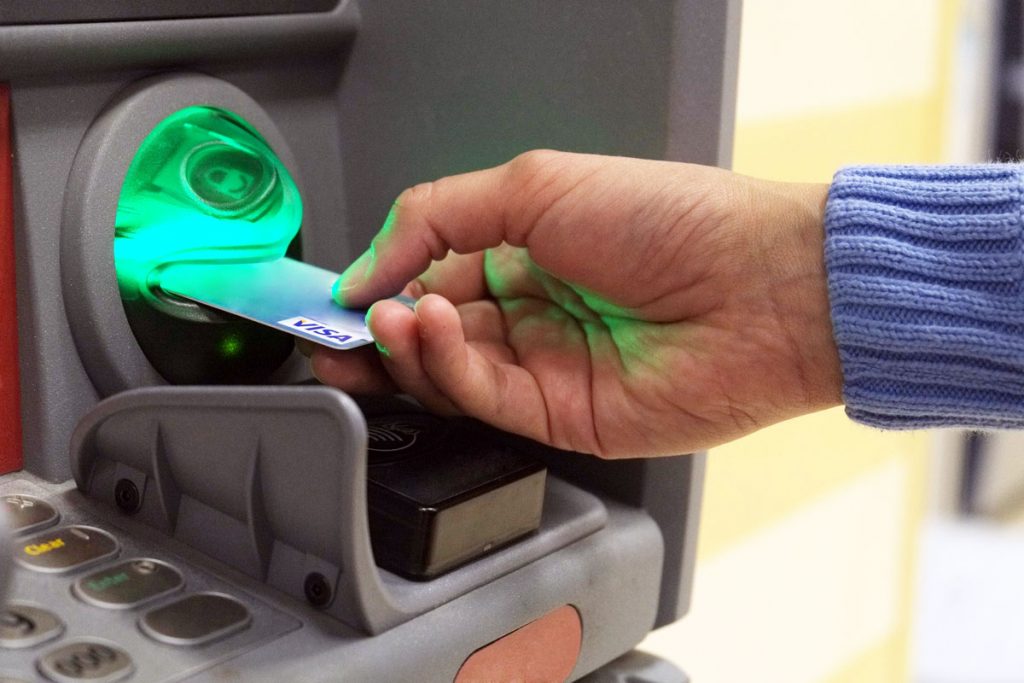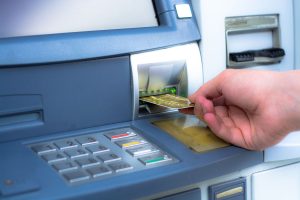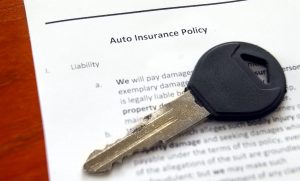Need some money but don't have enough in your account right now? Can you use your credit card to get an advance though? A cash advance is essentially a loan you take out with your credit card and in this post, we'll cover how that works and try to figure out whether or not you should be using it.

A cash advance from your credit card is using your credit card to withdraw cash, as opposed to taking out cash from your bank account or making a purchase, to get cash immediately. People often turn to cash advances from credit cards in an emergency, or relying on credit cards for day-to-day purchases but are presented with a situation where cash is needed. Traveling in foreign countries where your credit cards don't work but you've run out of cash are another common situation where a cash advance is often needed.
The average APR for cash advances is 23.68% which makes them more favorable than payday loans if you need cash in an emergency, given that those carry an average interest rate of 361%, but doesn't account for cash advance fees and other variables that depend on your credit card's terms. In the event that you are deciding whether or not to take out a cash advance in a pressing situation, here's what you need to know about how cash advances work.
How Does a Cash Advance From a Credit Card Work?
You take your credit card to an ATM and enter your PIN code to get cash similarly to an ATM card. If you don't have a PIN set up on your credit card, most banks will perform this service. You can also order cash advance checks from your credit card issuer online, but they take another 7-10 days to arrive. In addition to the interest rate, which is typically a few points higher than the standard APR that applies to purchases, there are also usually setup fees that are $5-10 or based on a percentage of the cash advance.
Depending on your credit card's cash advance policy and the terms in your cardholder agreement, there may be an interest-free grace period for cash advances. Typically, a grace period is the time between your billing cycle's closing date and the date payment is due but your credit card may only have this grace period apply to purchases, not cash advances, so make sure to check the fine print.
Assuming that your timing is off with the grace period, or the grace period doesn't apply to cash advances, the cash advance starts accruing interest the day you take it out and doesn't stop until the advance is repaid.
Is a Cash Advance Bad For Your Credit?
Contrary to popular belief, merely taking out a cash advance does not necessarily give you good or bad credit. However, if you are about to have your credit pulled due to starting a new job or lease, you should be mindful of the cash advance potentially affecting your credit utilization ratio if you haven't repaid it yet.
How Can I Get Cash From My Credit Card Without a Cash Advance?
Since cash advances can carry high interest rates plus fees, it's preferable to avoid this route if you can. There are a couple different ways you can use your credit card to instantly produce cash for a much lower cost. For instance, if you need $1,000 in an emergency and your credit card has a cash advance fee of 5% and interest rate of 24% and it takes two months to repay the advance, it cost you a total of $90.
If you're a PayPal user, you can do this for about a quarter of the cost by opening two accounts and using your credit card to make a payment to the other account. PayPal charges a 2.755% fee to make a cash payment using a credit card, or $27.55 for $1,000. If you need the cash immediately, PayPal can make the cash available the same day for a 1% fee, $10 for $1,000, making the total cost $37.55 which is less than half the cost of the cash advance. However, you can also opt for a standard bank transfer which arrives in 1-3 business days and doesn't incur fees.
Credit Card Into Cash charges fees of 9.99%-14.99% depending on how much you are withdrawing, with a minimum of $240 and maximum of $10,000 and their model relies on using your existing credit limit and the card's available credit instead of the cash advance limit. There is a $20 fee for check processing that takes 3-7 business days if your bank is not on the Clear Exchange Network with Zelle enabled to instantly get your money. The service fee is one-time so if you needed to borrow $1,000, the fee is 12.99% for most of the issuing banks on the list, the total fee is $129.90 which is actually not as favorable as the cash advance rate in this example, but it could be the preferable option if your credit card has a higher interest rate.
If you need the cash for bills that don't offer an option to pay with credit cards, check out services like Plastiq. Plastiq charges 2.5% to process transactions like tuition, property taxes, car notes, student loans, and even mortgage payments with credit cards which can work out to be much cheaper than a cash advance, and the recipient does not need a Plastiq account.
Is Cash Advance Included in Your Credit Limit?
Generally, cash advance limits are separate of your credit limit on purchases. You may be limited per day and/or per billing cycle depending on your cardholder agreement. The interest rate charged on cash advances will be higher than the interest charged on purchases that go past the grace period.
What is the Cash Advance Limit on Credit Cards?
There is no set universal amount for allowable cash advances. Your cash advance limit is calculated using the credit limit initially given to you and your credit score at the time you applied for the card. For instance, you can have a credit limit of $10,000 on purchases but a cash advance limit of only $2,000 while your purchase APR is 22% but the cash advance one would be 27%.
Usually, if your credit card is maxed out on purchases, you cannot take out a cash advance but this ultimately depends on your cardholder agreement as some card issuers do not treat the two limits as a consolidated amount, but others do.
How Do You Pay Off a Cash Advance on a Credit Card?
Paying off a cash advance works very similarly to paying off your credit card balance. Cash advances are revolving debt just like credit card balances where the interest compounds daily and it's in your best interest to pay it off as soon as possible.
This is an emergency loan where you want to think in terms of taking a few days or weeks to repay it, opposed to the longer-term payment plans you may have for other debt. Cash advances carry extremely high interest so you'll want to prioritize repayment over debts with lower interest like taxes and student loans.
Cash advances should mostly be used as a last resort but in the event that you need one, there are ways to keep the costs under control as well as alternatives like Plastiq and charging yourself on PayPal or other online payment accounts.



